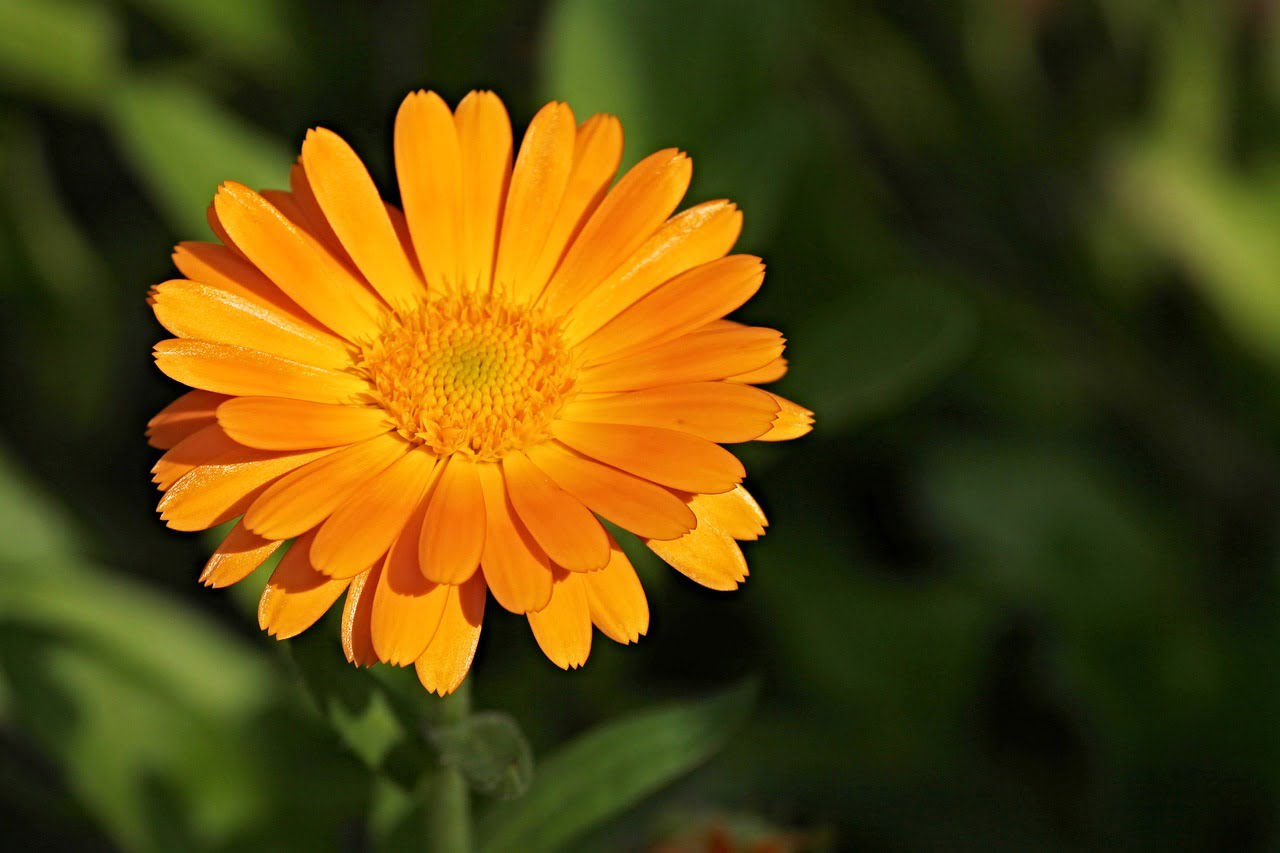
Calendula and Planting: The Art of Growing Nature’s Gold
Table of Contents
- Introduction
- The Beauty of Calendula
- Preparing for Planting
- Choosing the Right Location
- Soil Preparation
- Sowing Calendula Seeds
- When to Plant
- Seed Depth and Spacing
- Providing Optimal Care
- Watering Needs
- Sunlight Requirements
- Companion Planting
- Nurturing Growth
- Thinning Seedlings
- Fertilization
- Dealing with Common Challenges
- Pests and Diseases
- Weeding
- Harvesting Calendula
- Creative Uses of Calendula
- Conclusion
- Frequently Asked Questions (FAQs)
Introduction
Calendula, with its vibrant blooms and healing properties, has been cherished by gardeners for centuries. Cultivating this radiant flower is a joyful journey that allows you to connect with nature’s beauty while reaping its numerous benefits. In this article, we will delve into the art of planting and nurturing calendula, unlocking the secrets to a thriving garden filled with nature’s gold.
The Beauty of Calendula
Before we dig into the dirt, let’s appreciate the star of our garden – calendula. Also known as “pot marigold,” calendula (Calendula officinalis) is renowned for its bright yellow and orange petals. Beyond its aesthetic appeal, calendula boasts medicinal properties, making it a valuable addition to any garden.
Preparing for Planting
Choosing the Right Location
Selecting the perfect spot for your calendula is crucial. These sun-loving plants thrive in well-drained soil and require at least six hours of sunlight daily. Find a sunny corner of your garden to plant your calendula seeds.
Soil Preparation
Calendula prefers loamy, well-draining soil. Enhance your garden bed by adding organic matter like compost to improve soil fertility and drainage. Loose, nutrient-rich soil sets the stage for a successful calendula garden.
Sowing Calendula Seeds
When to Plant
Timing is essential when planting calendula. Sow your seeds in the early spring or late summer for optimal growth. Avoid extreme heat or frost to ensure your calendula flourishes.
Seed Depth and Spacing
Calendula seeds are tiny, so a light touch is needed. Plant them approximately ¼ inch deep and space them about 8-12 inches apart. This spacing allows adequate airflow and prevents overcrowding.
Providing Optimal Care
Watering Needs
Calendula enjoys moderate watering. Keep the soil consistently moist but not waterlogged. Avoid overhead watering, as it can lead to mold issues. Use a soaker hose or water at the base of the plant.
Sunlight Requirements
Sunlight is the lifeblood of calendula. Ensure they receive at least six hours of direct sunlight daily. Inadequate sunlight can lead to leggy, weak plants with fewer blooms.
Companion Planting
Calendula’s pest-repelling properties make it an excellent companion plant. Plant it near tomatoes, cucumbers, or beans to deter aphids and nematodes.
Nurturing Growth
Thinning Seedlings
Once your calendula seedlings reach a few inches in height, thin them to ensure proper spacing. Leave the healthiest and strongest plants while removing weaker ones.
Fertilization
Calendula is a light feeder. Use a balanced, organic fertilizer sparingly to avoid excessive growth. Over-fertilizing can lead to lush foliage but fewer flowers.
Dealing with Common Challenges
Pests and Diseases
While calendula is relatively pest-resistant, watch out for aphids and slugs. Regularly inspect your plants and treat any infestations promptly. Neem oil or diatomaceous earth can be effective natural remedies.
Weeding
Keep your calendula bed free from weeds. Weeds compete for resources and can hinder your plants’ growth.
Harvesting Calendula
Calendula blooms are ready for harvesting when they’re fully open. Gently pluck the flowers, taking care not to damage the plant. Regular harvesting encourages more blooms.
Creative Uses of Calendula
Beyond its visual appeal, calendula has a multitude of uses. Create homemade salves, teas, or simply use the fresh blooms to garnish salads. Calendula’s healing properties can benefit your skin and overall well-being.
Conclusion
Calendula is a true gem in the world of gardening. Its beauty, healing properties, and ease of cultivation make it a must-have in any garden. By following the steps outlined in this guide, you’ll be on your way to a flourishing calendula garden that delights the senses and soothes the soul.
Frequently Asked Questions (FAQs)
1. Can I grow calendula indoors?
Yes, you can grow calendula indoors in pots or containers as long as they receive adequate sunlight.
2. Are there different varieties of calendula?
Yes, there are various calendula cultivars with slightly different flower colors and sizes.
3. Can calendula be used in cooking?
Absolutely! Calendula petals are edible and can be used to garnish salads or infuse oils and teas.
4. Is calendula easy to maintain?
Yes, calendula is relatively low-maintenance and suitable for beginner gardeners.
5. How can I preserve calendula blooms for later use?
You can air dry calendula flowers by hanging them upside down in a cool, dry place. Once dried, store them in an airtight container.